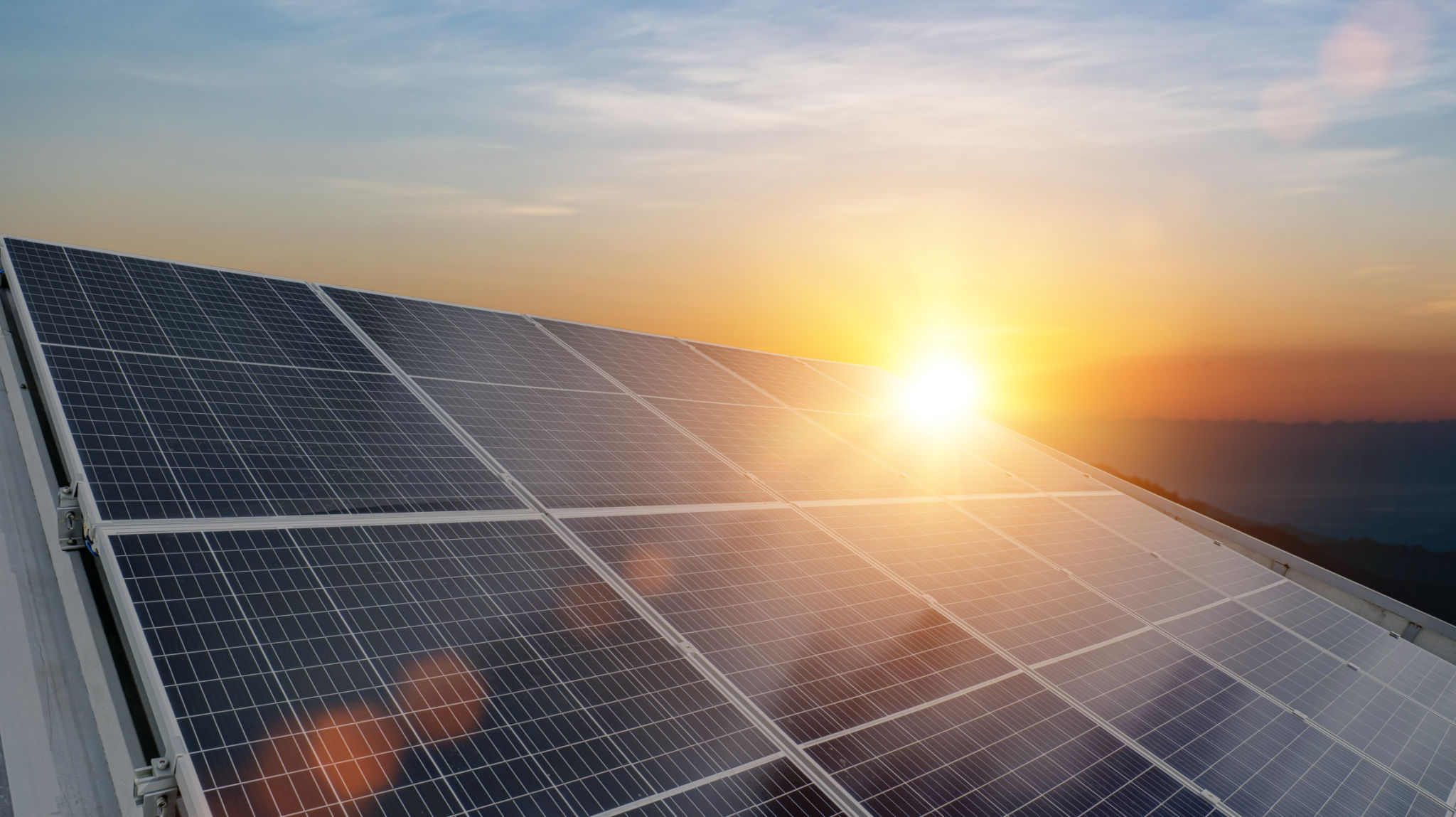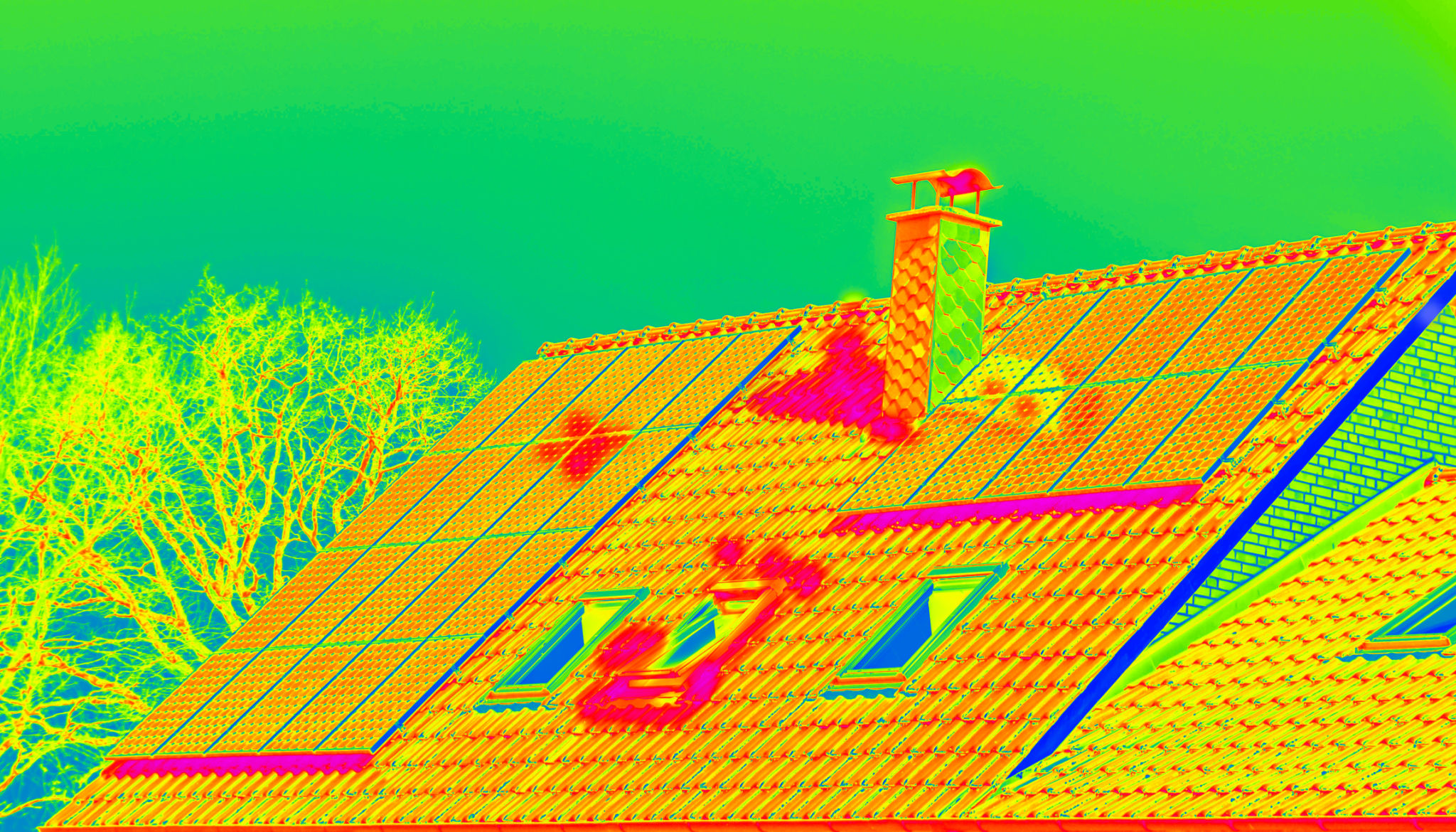Why Thermal Imaging is Essential for Solar Panel Efficiency
Understanding Solar Panel Efficiency
Solar panels are a significant investment for both residential and commercial energy solutions. Achieving optimal efficiency is crucial to maximize the return on this investment. Efficiency in solar panels is determined by their ability to convert sunlight into usable electricity effectively. However, various factors can impede this conversion, leading to less than optimal performance.

One often overlooked but essential tool for maintaining and enhancing solar panel efficiency is thermal imaging. This technology has become increasingly important in diagnosing and resolving issues that can affect solar panel performance. By identifying problems early, thermal imaging helps ensure that solar energy systems are operating at their best.
The Role of Thermal Imaging
Thermal imaging works by detecting and visualizing heat patterns across the solar panels. This allows for the identification of anomalies that may not be visible to the naked eye. These anomalies often indicate underlying issues such as faulty connections, defective cells, or shading problems. Early detection through thermal imaging can prevent minor issues from escalating into major repairs.
By using thermal imaging, technicians can perform non-invasive inspections of solar installations. This means that potential problems can be identified without having to dismantle the panels, saving both time and resources. Additionally, thermal imaging can be conducted while the panels are in operation, providing real-time insights into their performance.

Benefits of Thermal Imaging for Solar Panels
Utilizing thermal imaging in the maintenance of solar panels offers several key benefits:
- Early Detection: Identifies issues before they cause significant damage.
- Cost Efficiency: Reduces repair costs by addressing problems early.
- Increased Lifespan: Prolongs the life of solar panels through timely maintenance.
These benefits highlight why thermal imaging is not just a luxury but a necessity for anyone serious about maximizing their solar panel investment. By incorporating regular thermal inspections, the efficiency and longevity of solar panels can be significantly improved.
Common Issues Detected by Thermal Imaging
Thermal imaging is adept at identifying several common issues that can affect solar panel efficiency:
- Hot Spots: These occur when parts of a solar panel are significantly hotter than others, often indicating a malfunctioning cell or connection.
- Shading: Even partial shading can drastically reduce a panel's output; thermal imaging helps pinpoint shaded areas.
- Delamination: This occurs when layers within the panel begin to separate, often due to heat or manufacturing defects.

Addressing these issues promptly ensures that solar panels continue to operate at peak efficiency, providing consistent energy output and extending their operational life.
The Future of Solar Panel Maintenance
As solar technology continues to evolve, so too does the technology used to maintain it. The future promises even more advanced thermal imaging solutions that integrate with other smart technologies. This will allow for even more precise diagnostic capabilities and further enhancements in solar panel efficiency.
In conclusion, thermal imaging is an indispensable tool for anyone invested in solar energy. Its ability to detect and address issues before they escalate makes it a critical component of any comprehensive solar panel maintenance strategy. By ensuring that solar panels operate at their highest efficiency, thermal imaging not only protects investments but also contributes to a more sustainable future.